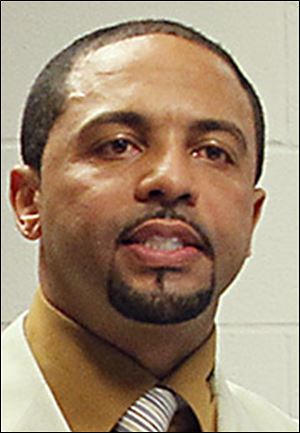
EDITORIAL
Scrubbing clean
Ohio’s focus should be on ensuring that manipulating student attendance doesn’t happen again
1/17/2014
Durant
Toledo is one of seven Ohio school districts that will be investigated by the Department of Education for “scrubbing,” or manipulating student attendance records, the department announced this week. Providing inaccurate data violates state law, and Ohio could revoke the license of any Toledo Public Schools officials found to have engaged in the practice, prohibiting them from teaching in an Ohio public school.
In the past, TPS followed a policy of removing the test scores of chronic truants from overall district data at the end of the school year, taking these students off attendance roles, and then immediately re-enrolling them. Manipulating attendance data reported to the state can artificially inflate district and school report cards, while maintaining enrollment figures that are part of formulas for determining school aid.
Click here to read more Blade editorials.
Toledo officials weren’t hiding the practice. In fact, to their credit, they voluntarily notified the Ohio Department of Education, after attendance scrubbing at Columbus schools was exposed by the Columbus Dispatch. Toledo officials argued, with some justification, that the practice was well-known by the department and done with no ill-intent.
TPS administrators cited the state’s inaction after 2008 reports of similar practices, arguing that it amounted to tacit approval. That’s the kind of lame excuse teachers probably wouldn’t accept from their students. TPS administrators should have known they were doing something wrong, whether or not the state was sanctioning them.
A department investigation showed 614 withdrawals from TPS for the 2010-11 school year — 425 of which were improper. That was the second highest number in the state, but far below the Cleveland district, where 3,540 of its 7,624 withdrawals were improper. Other districts under review include Cincinnati and Marion City.
For about eight years, starting in 2001, TPS had removed students with five consecutive absences and 20 total absences. It reinstated the practice when the district’s grade went down on the state report card — probably not a coincidence — before ending the practice in 2012.
Superintendent Romules Durant said the district now withdraws students only after a hearing officer finds them truant. He doesn’t believe officials currently at TPS acted improperly.
Inaccurate reporting, as Superintendent of Public Instruction Richard Ross has said, jeopardizes the integrity and accountability of the entire system. It’s a serious matter. Ohio parents, and taxpayers, deserve to have confidence that the report cards issued by the state are reliable measures of how local districts and schools perform.
That said, the state’s own laxity and failure to provide clear rules and specific guidance, and back them up with independent oversight, means that it must share part of the blame.
Going forward, the state’s focus should be less on sanctioning local school administrators for a practice it did little or nothing to stop, more on ensuring that it gives clear guidance to local districts on reporting practices for truant students, and rigorously monitors compliance.